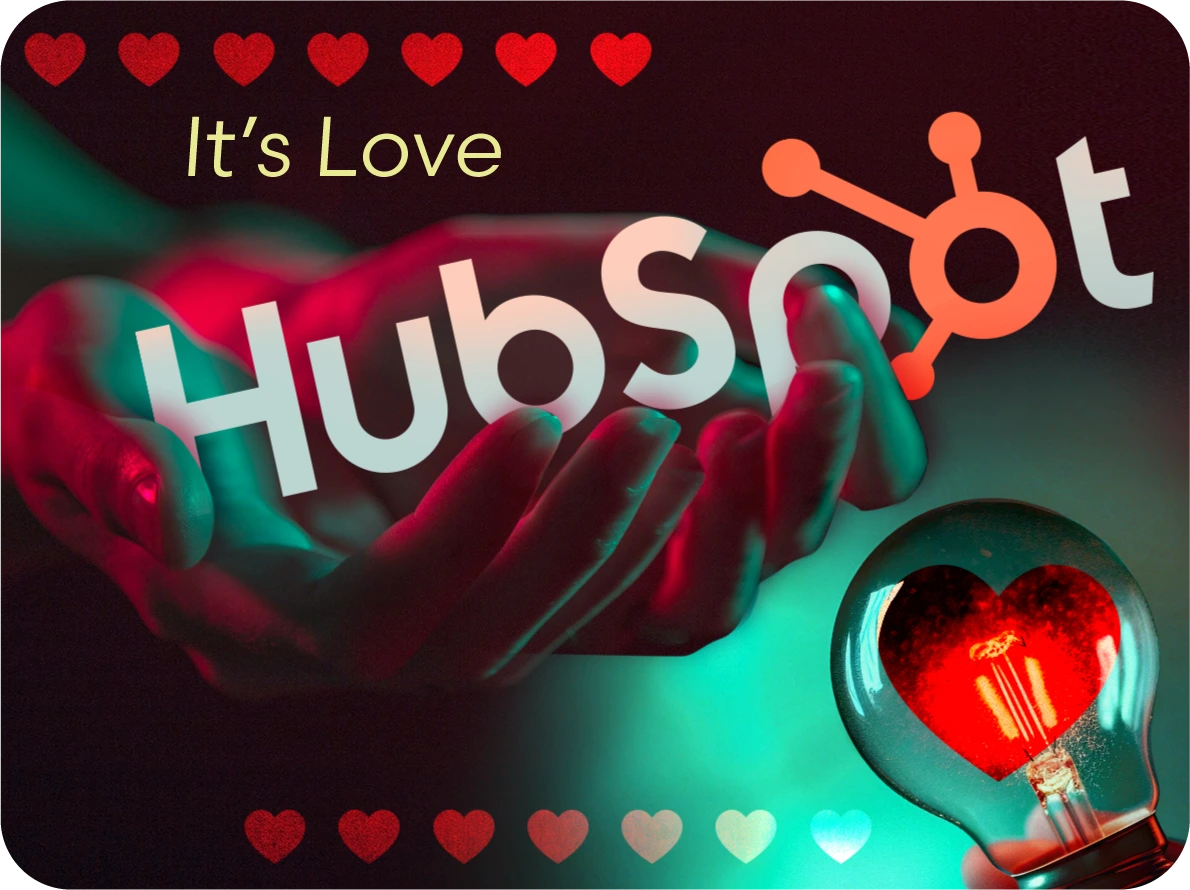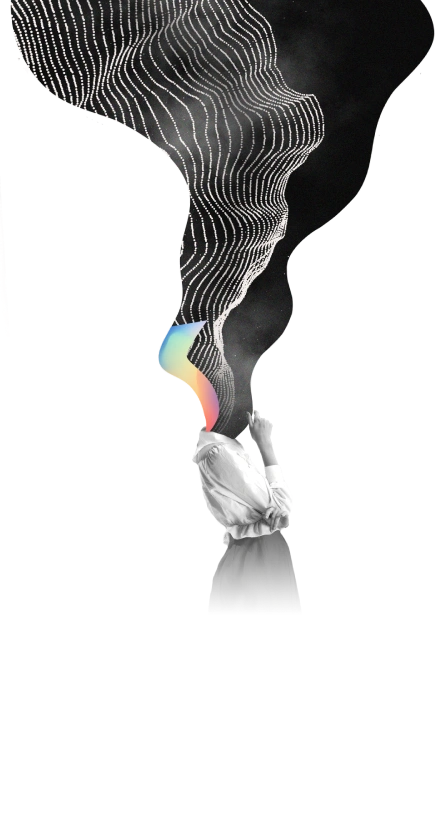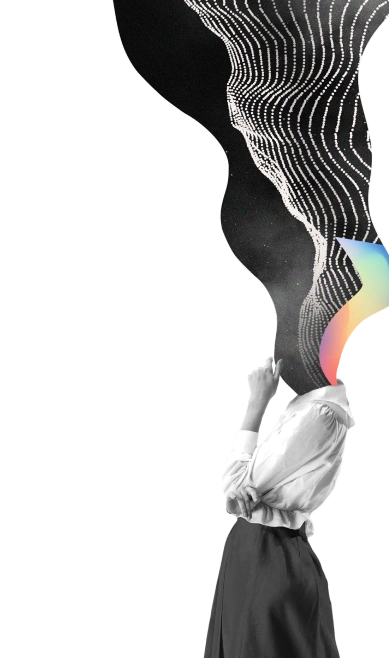Pulse your path.
Data privacyEmbrace Whitespace: Sometimes NO design is all you need

Rachel Rehrig
Apr 09, 2024
“Let's reduce the overall amount of slides” rings repeatedly in many designers' ears. It's exceedingly common feedback from executives and leaders looking to shorten decks in order to appeal to short attention-spanned investors.
The inherent problem with short decks lies in the overwhelming nature of information presented simultaneously. When slides are packed with content, it becomes challenging for audiences to fully absorb and process information effectively. Visual clutter leads to cognitive overload, causing the audience to lose focus and miss important details. These densely-packed slides make it difficult to prioritize key points and create a cohesive narrative, resulting in a disjointed, confusing and overstimulating presentation experience. By overcrowding slides, the presenter risks diluting their originally impactful message, hindering audience engagement and comprehension. Needless to say, there's an issue here.
Let's take a moment to posit the exact opposite… Let's significantly increase the number of slides in our decks. Let’s hyper-focus each and every slide. Let's walk people down a clear path, piece by piece, graphic by graphic, word by word. Appropriate whitespace holds the key to maintaining audience attention and facilitating effective learning. By utilizing whitespace to present information in small, digestible portions, audiences are able to engage and comprehend the content with greater ease. A thought-out, deliberate use of whitespace creates a sense of clarity and allows messaging to shine, resulting in a more impactful, more memorable experience.
In contemporary media landscapes, where information overload is the norm and attention spans are more than scarce, there exists a subtle yet powerful tool often overlooked: whitespace. Yep, the ABSENCE of design—the strategic use of empty space that guides our eyes, enhances readability, and simplifies communication.
To understand the true impact of whitespace, let’s briefly review its essence and multifaceted nature. We encounter macro whitespace, the artful arrangement of margins and spacing, as well as micro whitespace, the delicate interplay of line and letter spacing. It’s through the purposeful manipulation of these compositional elements that designers achieve a delicate balance and visual clarity that mesmerizes viewers.
But whitespace is not merely an aesthetic tool—it possesses a deeper psychological influence. By providing ample breathing room between elements, whitespace enhances readability, content comprehension, and accessibility. It eases the cognitive load on our minds and directs our focus towards the most crucial information, ensuring effective communication. In a world where visual, audial, and spatial clutter reigns supreme, whitespace offers a respite. In its oasis of simplicity, it establishes order and clarity amidst visual chaos, guiding our attention to the most important elements. In this way, whitespace acts as a silent conductor, orchestrating the viewer's experience.
Whitespace also demonstrates design sophistication. Its judicious application creates an elevated sense of professionalism and modernity. It refines visual experiences. Whitespace is not merely a void—it's a design element in its own right. When employed skillfully, whitespace amplifies the impact of visual elements, allowing images, icons, and typography to shine in a more concentrated, striking way.
By educating clients on the basics of design principles, designers can help them understand how, sometimes, the LACK of design contributes to more effective communication. Real-world case studies serve as persuasive demonstrations as well. The iconic ”Think Small” campaign by Volkswagen was introduced over 65 years ago yet its stunning composition continues to stand as one of whitespace’s best uses in the history of advertising. As for entire brand experiences, Apple is another great example. Ansham Kaushal from Medium, Medium says “Apple leverages whitespace to create a sense of simplicity and spaciousness in its UI. Generous margins around elements make the interface more visually pleasing and easier to navigate. This use of whitespace reduces visual clutter and promotes focus on essential elements.”
By embracing whitespace with open arms, clients and designers can create captivating, clear touch points for brands, be it advertising, website, or slide decks. In a LinkedIn post, LinkedIn post, Brand Strategist Tim Gingrich eloquently says, “Sure, there will be more slides. But they won’t take more time. The time required to present each slide will not be counted in minutes but moments. People will be on the edge of their seats as slide after slide teases each twist and turn. Dozens of slides will go by in what seems like seconds.”
Whitespace is an incredibly potent tool in design communication. Designers, equipped with their expertise, play a vital role in advocating for the strategic use of whitespace. As we navigate within the era of information overload, let’s move forward by accepting and celebrating those empty spaces.

Rachel Rehrig
Latest blogs




Pulse of Path: Creative Branding & Marketing in Philadelphia




